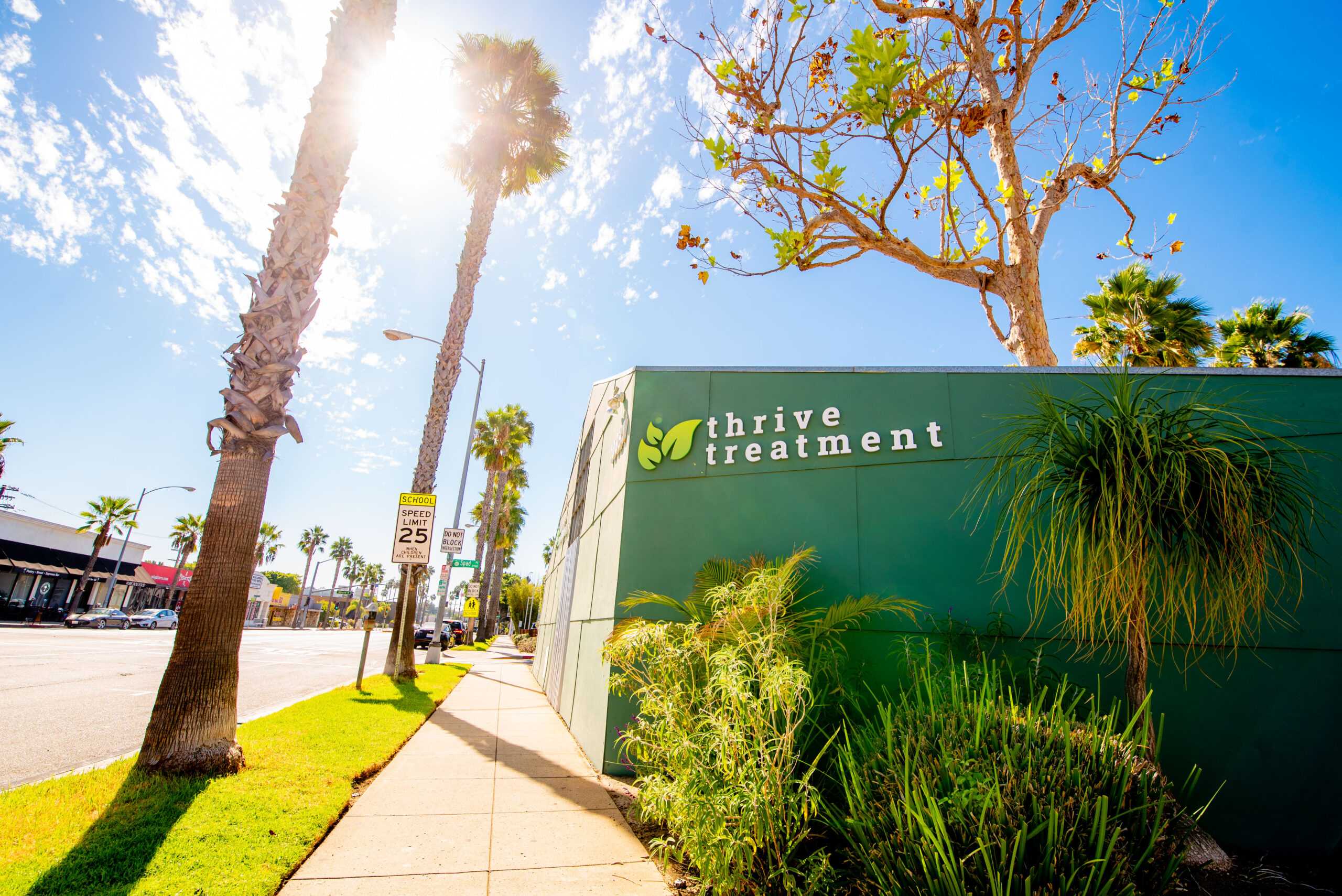Codependency and Recovery:
What is codependency?
Before defining codependency, it’s important to differentiate dependence from interdependence. Although these terms sound similar, co-dependence is very different. Having needs and comfortably relying (depending) on others is healthy and a part of life. Interdependence is when both individuals mutually rely on each other and the relationship is equal; this is most ideal.
Co-dependency (often referred to as “relationship addiction”) occurs when someone relies on the other for meeting nearly all of their emotional and self esteem needs. Two individuals who are overly dependent on one another create a co-dependent union. Often times, co-dependent relationships are one-sided, emotionally destructive and abusive.
This emotional and behavioral condition was identified about ten years ago in a study focusing on relationships in families of alcoholics and since then has been identified outside of homes with substance abuse. Co-dependency impairs an individual’s ability to have a healthy and mutually satisfying relationship. This disorder is serious and has profound affects on many.
Who is usually co-dependent?
Although originally meant to describe someone or their loved ones with a chemical dependency, co-dependency can occur in spouses, children, siblings, friends, co-workers, etc. Often times, co-dependency occurs in dysfunctional families or families with mental illness.
There are different roles in co-dependent relationships; one individual is more overly-dependent than the other one, thus creating a care-giver role for the individual that is depended on. The care-giver is often referred to as the rescuer or benefactor. Other roles consist of family hero, mascot, adjustor, doormat, the rebel, scapegoat, bully, lost one, or the last hope.
The family hero and the rescuer have similar roles and can identify other’s needs and meet them but is without an understanding of their own needs. The youngest in the family is often times the mascot and uses humor or other things to distract the family away from the problem. The adjuster is never fazed by anything because they never let themselves be too attached to anything or anyone. The doormat is pretty self explanatory and lets other’s take advantage of them by taking most of the abuse.
What causes co-dependency?
Co-dependency is an inter-generational disorder in which the behaviors are learned by watching and imitating other codependent family members. As stated above, dysfunctional families are more prone to codependency. Dysfunctional families transpire when fear, anger, pain, or shame is experienced but ignored or denied. As a result, some members learn to internalize their own emotions and neglect their own needs and in turn their attention and energy are focused on other members of the family, usually the ill or addicted one. Individuals learn that in order to get the love they want from their family members or loved ones, they must sacrifice their own needs and take care of others instead.
Growing up with an unavailable parent will most likely result in co-dependency by the child taking on the role of caretaker and/or enabler. The child may assume responsibility so that the family doesn’t fall apart. When the “parentified” child becomes an adult, they repeat the cycle in their adult relationships.
It’s important for the family and loved ones to be part of this healing process and to understand each of their roles. The Last House Recovery Community and Thrive Treatment℠ emphasize the importance of family healing as a whole and offers family support.
What are the symptoms of codependency?
The following behaviors are signs that you are in a co-dependent relationship.
- People pleasing
- Guilt and perfectionism
- Difficulty making decisions in your relationships
- Having poor boundaries
- Difficulty identifying feelings
- Extreme or painful emotions that may result in reactivity
- Denial
- Difficulty communicating
- Lack of trust in yourself
- Poor self esteem
- Fears of abandonment
- Obsessions
- Extreme need for approval
- A need for control or a sense of responsibility for others’ actions
- Caretaking
- Difficulty with intimacy
Co-dependency and substance abuse disorder:
Co-dependency is often times a common and understandable reaction to a loved one with an addiction, especially when it is in full swing. Individuals will go into damage control by trying to fix the person or the family. Many times, family members or loved ones think they are helping the situation or the person with the addiction but are in actuality enabling them. Enabling can appear in a number of ways from being in denial of the addiction, not being honest about feelings and needs, or even providing the user with substances. This cycle goes on until something drastic happens like death or hospitalization.
Treatment for co-dependency?
Recovery from substance abuse and co-dependency usually starts with the user seeking treatment. However, it is just as important for the other loved ones or family members that are co-dependent to seek treatment as well. Individual psychotherapy is very helpful in addition to co-dependency therapy for the members of the dynamic.




